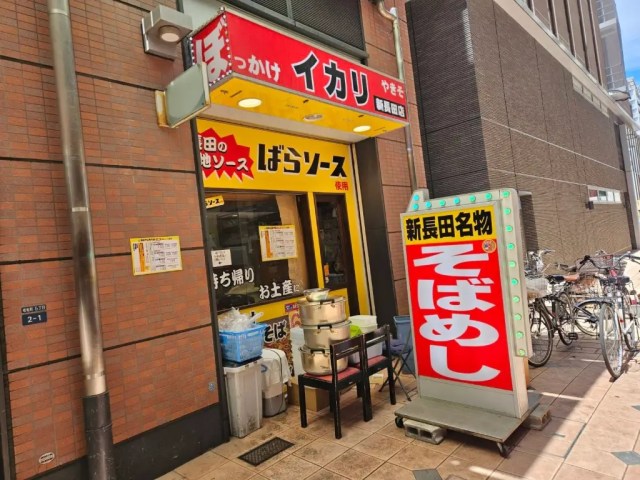
The giant robot statue wasn’t the only surprise on our trip to Kobe neighborhood where its famous everyday dish that isn’t Kobe beef got its start.
As an example of just how famous its representative regional cuisine has become, mention “Kobe” to any foodie and they’ll immediately think of beef. So when our Japanese-language reporter Takuya Inaba took a trip to Kobe to meet up with a friend who’s recently moved there, his stomach was already stirring in anticipation of getting a luxurious Kobe beef steak.
Instead, though, Takuya’s friend said “You’ve gotta try this awesome sobameshi place while you’re here!,” and so they hopped on the train for a ride to Shin Nagata Station, on the southwest side of downtown Kobe.

So, before we go any further, we should address the proverbial elephant in the room/literal 18-meter (59-foot) tall robot in the photo. This part of Kobe is where famous manga artist Mitsuteru Yokoyama grew up. Yokoyama is the creator of a number of multiple landmark series, including Giant Robo and Sally the Witch. His biggest hit, though, is Tetsujin 28, also known as Gigantor in some of its overseas releases, so there’s a gigantic statue of the titular robot just outside the station, and the nearby covered shopping arcade is called Tetsujin Street too.
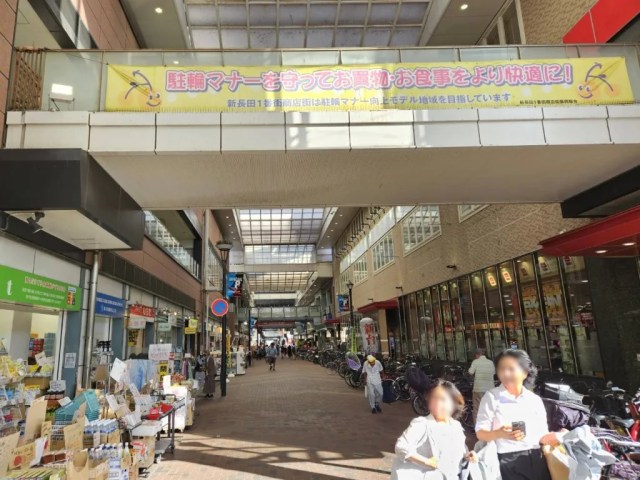
But the Shin Nagata Station neighborhood is also the birthplace of sobameshi, which gets its name by being a plate of mixed yakisoba stir-fried noodles and fried rice (meshi in Japanese). While Kobe beef is the city’s premier, must-eat food for deep-pocketed diners and splurging tourists, sobameshi is the city’s second-tier, of-the-people local comfort food.
▼ A sign proclaiming sobameshi (そばめし) as the pride of Shin Nagata
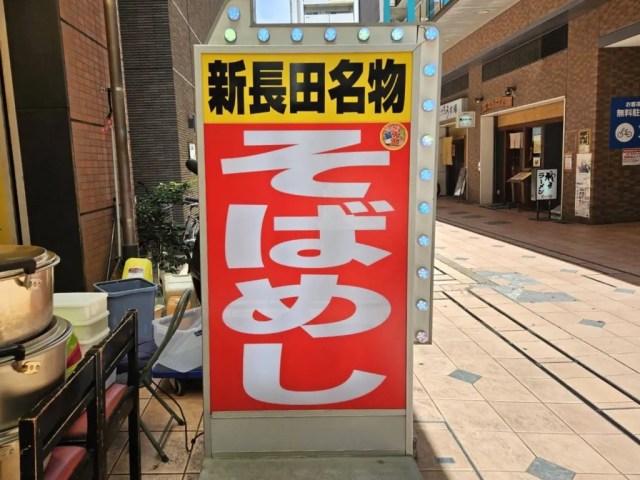
It’s not clear which restaurant in the neighborhood was the first to start serving sobameshi, but according to Takuya’s friend, Ikari is one of the best, and that was where he wanted to take him while he was in town. Even though it was well past the regular noon-1 p.m. lunch rush, the place was still so full of customers that they had to wait a while before they could get seats.

It took considerably less time to order, though, since Ikari keeps its menu very simple. Really, it only consists of two dishes: sobameshi and regular yakisoba noodles, each of which can be had with toppings of pork or “bokkake.” Obviously, Takuya selected the sobameshi, and at his friend’s recommendation, opted for both toppings on his plate, which came out to 900 yen (US$6.10).
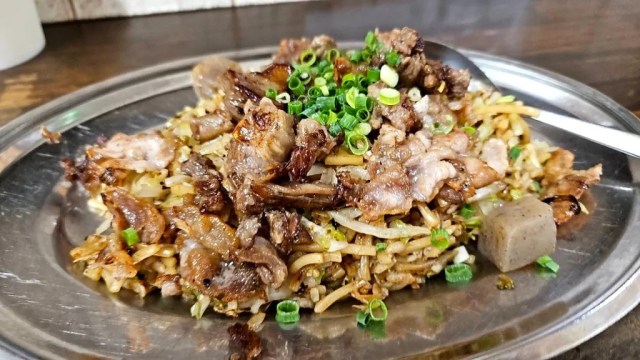
And yes, that’s bokkake, not to be confused with the bukkake style of splashing broth over noodles (and especially not to be confused with yet another meaning of the term). Though it’s not a word most Japanese people are familiar with, bokkake is yet another Kobe culinary specialty, beef tendon and konnyaku (konjac gelatin) simmered in a sweet and spicy broth.
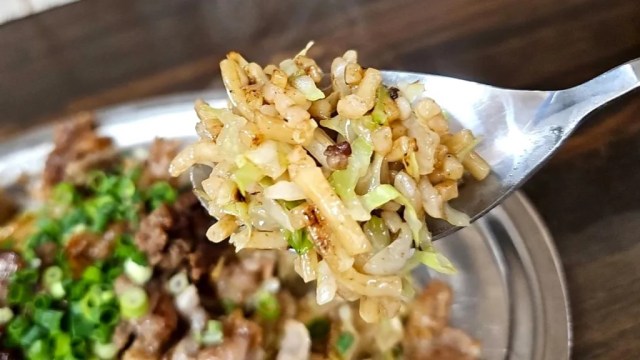
That doesn’t mean that Ikari’s bokkake sobameshi is a soggy mess, though. Taking his first bite, Takuya was met with perfectly fluffy rice, which combined with the tempered chewiness of the noodles made for an intriguing and engaging texture.
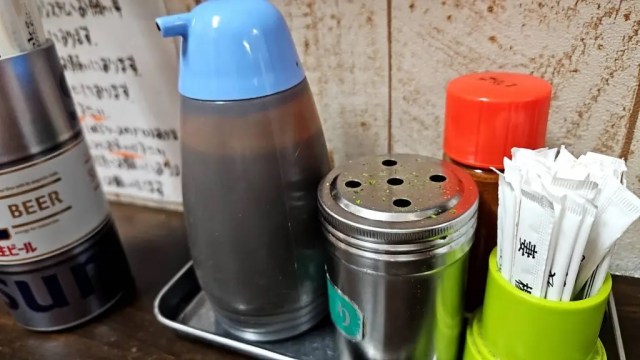
At the table were a variety of condiments, including a bottle of bara sauce, a Kobe favorite that’s a local version of the Worcester-like sauce often put on hearty fare in Japan.
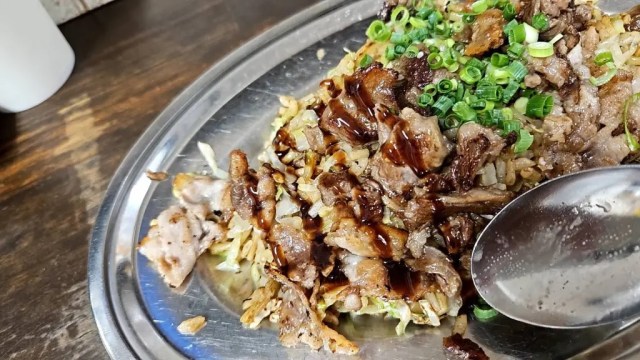
Its mix of sweet and savory notes paired very nicely with all of the sobameshi’s ingredients and toppings, including the bokkake wagyu beef and konnyaku.

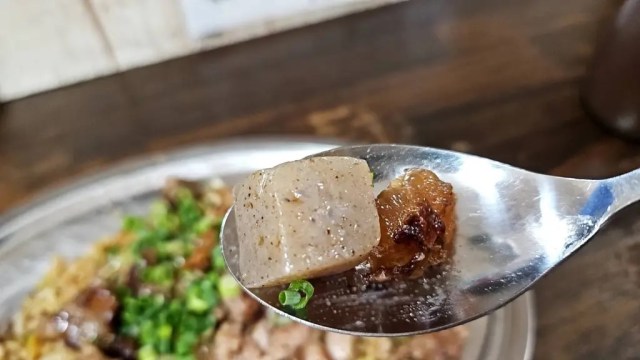
But then it was time to get sauce-serious with the mysterious “dobe” (どべ) sauce.
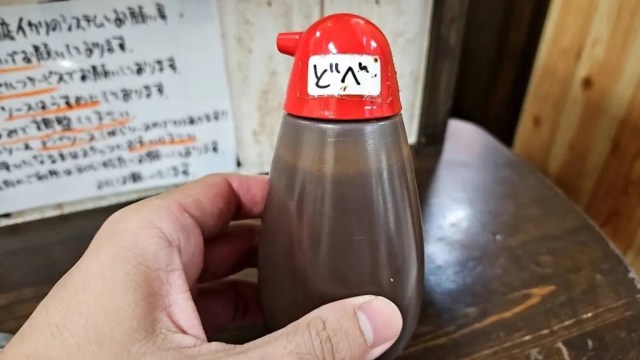
We’re not sure how accurate this urban legend is, but fans say that dobe sauce is made from sediment that forms during the production of regular bara sauce. In other words, it’s an extra-thick version of the sauce with a super-concentrated flavor, and squirting some into a spoon for a quick visual inspection, Takuya could see that it’s much denser than standard bara sauce.
▼ Dobe sauce (top) versus regular bara sauce (bottom)
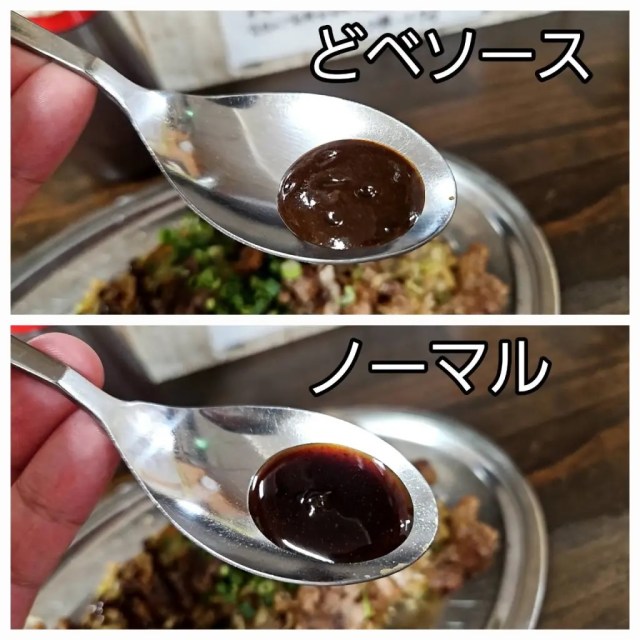
All it took was one taste to convert Takuya into a dobe fanatic. The combination of spices and flavors was mind-blowingly delicious, and now that he’s tried it, he’s a little worried he might not ever again be able to be fully satisfied by a sauce that’s not dobe.
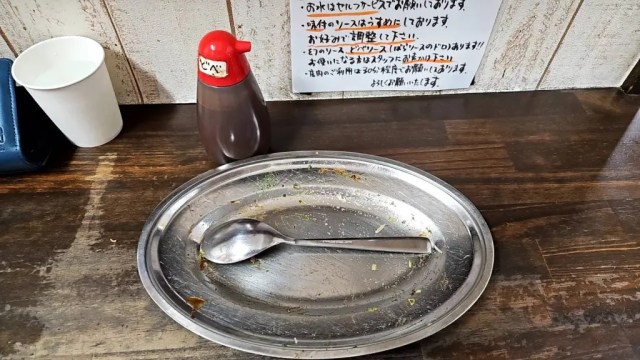
But as you can see from his thoroughly cleaned plate, while ignorance of the deliciousness of dobe sauce may have been its own sort of bliss, eating Kobe’s other famous food in the part of town it originated in is also something that’ll make you feel very happy.
Restaurant information
Ikari (Nagata Station Tetsujinfukin Ashiyuyoko branch)/イカリ(新長田鉄人付近足湯横店)
Address: Hyogo-ken, Kobe-shi, Nagata-ku, Wakamatsucho 5-2-1
兵庫県神戸市長田区若松町5-2-1
Open 10:30 a.m.-9:30 p.m.
Photos ©SoraNews24
● Want to hear about SoraNews24’s latest articles as soon as they’re published? Follow us on Facebook and Twitter!






